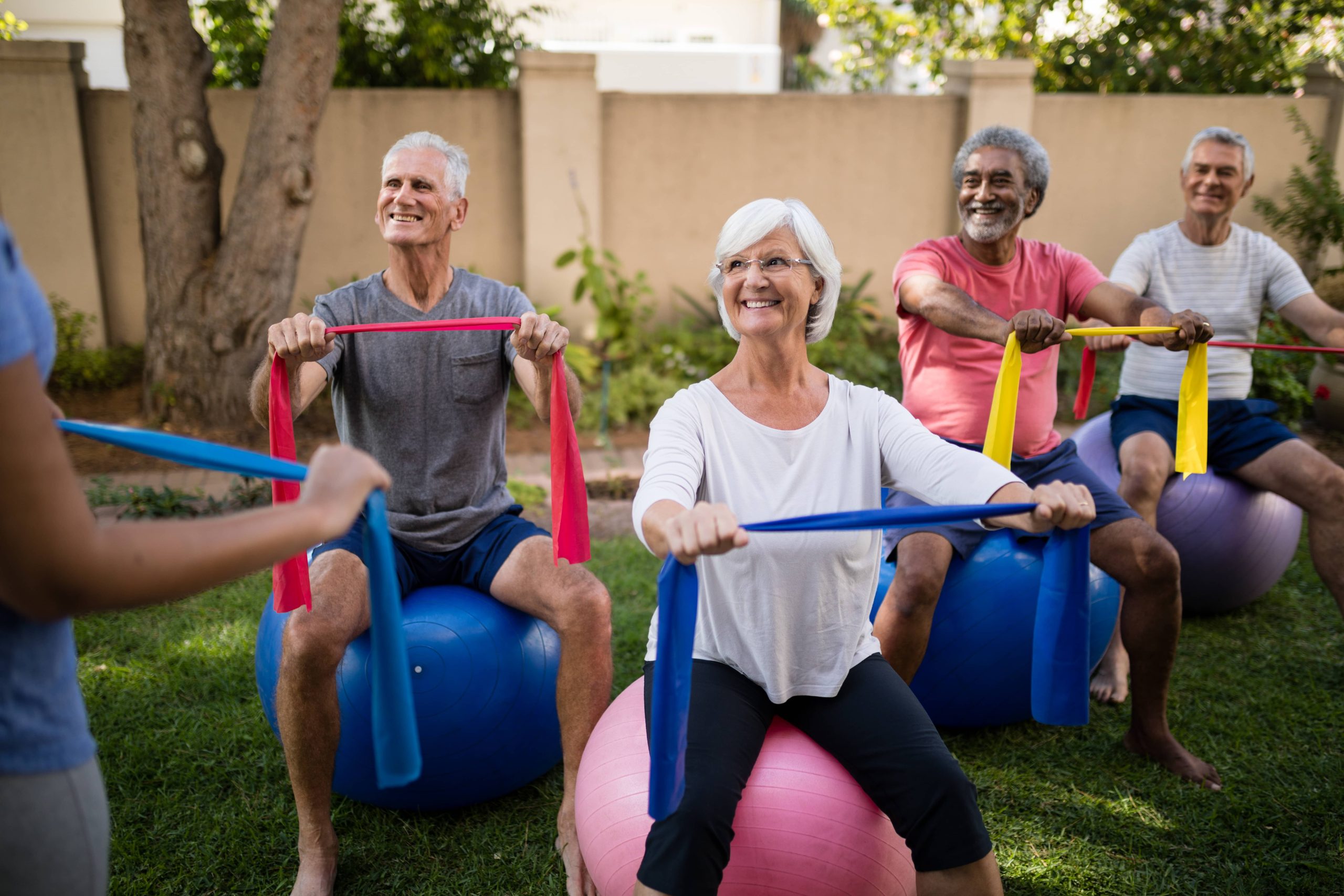
Aging is a natural process that brings with it a host of challenges. One prominent issue many experience as years pass is the discomfort or pain associated with aging joints. This can lead to decreased mobility, lower quality of life, and a reduction in the ability to engage in daily activities. However, the ancient practice of yoga may offer a beacon of hope for those seeking relief.
Understanding Aging Joints
Before delving into how yoga can help, it’s essential to understand what happens to our joints as we age. Our joints, where two or more bones meet, are cushioned by cartilage and lubricated by synovial fluid. These structures enable smooth movement and flexibility. However, with age, cartilage can thin, and synovial fluid production may decrease. Additionally, muscle mass diminishes and ligaments may become less elastic. These changes can lead to stiffness, pain, and even arthritis.
The Role of Yoga in Joint Health
Yoga is an ancient practice that combines physical postures, breathing exercises, and meditation. It is well-regarded for promoting physical and mental well-being. But how can yoga specifically benefit aging joints?
1. Improved Flexibility and Range of Motion
One of the hallmarks of yoga is its emphasis on flexibility. By engaging in regular yoga practice, individuals can significantly improve joint flexibility. This increased range of motion can reduce stiffness, making daily activities more accessible and less painful. Poses like the ‘Downward Dog’ or ‘Triangle Pose’ gently stretch the muscles surrounding the joints, promoting a more flexible body.
2. Strengthening Muscles and Supporting Structures
Yoga strengthens not just the large muscle groups but also the supportive stabilizing muscles around the joints. Strong muscles help protect the joints by absorbing some of the strain and pressure that typically contributes to wear and tear. The ‘Warrior Poses’, for example, build strength in the legs and hips, crucial areas for joint health.
3. Gentle Impact Reduces Wear and Tear
Unlike high-impact exercises, yoga offers gentle movements that reduce the risk of further joint damage. It emphasizes controlled, mindful movements rather than abrupt ones, minimizing stress on the joints. This makes it an ideal practice for those with existing joint issues, as it allows them to stay active without exacerbating their condition.
4. Reducing Inflammation
Regular yoga practice has been linked to reduced levels of inflammatory markers in the body. Chronic inflammation is a key contributor to joint pain and deterioration. Breathing exercises and meditation, integral components of yoga, help reduce stress levels, which in turn can lower inflammation.
5. Promoting Weight Management
Maintaining a healthy weight is crucial for joint health, as excess weight can significantly strain weight-bearing joints like the knees and hips. Yoga, through its various forms and intensities, can aid in weight management, thereby reducing pressure on the joints and alleviating pain.
6. Enhancing Balance and Preventing Falls
Aging often comes with a reduced sense of balance, increasing the risk of falls and joint injuries. Yoga is known to enhance body awareness and improve balance. The ‘Tree Pose’ or ‘Eagle Pose’ are excellent for building core strength and stability, key components for maintaining balance.
A Personalized Approach to Yoga
While yoga offers numerous benefits for joint health, it’s essential to approach it mindfully, especially for those with existing joint concerns. Here are some considerations:
– Consultation with Healthcare Providers: Before beginning any new exercise regimen, it is advisable to consult with a healthcare provider, particularly for individuals with significant joint conditions or other health issues.
– Finding the Right Style: Yoga is not one-size-fits-all. There are various styles, ranging from the gentle stretches of Restorative Yoga to the more dynamic movements in Vinyasa. Beginners or those with joint pain may benefit from starting with Iyengar or Hatha yoga, which emphasize alignment and tend to be slower-paced.
– Qualified Instruction: Especially for beginners or those with joint issues, it is crucial to learn from qualified instructors. They can offer modifications to poses, ensuring safety and effectiveness.
– Listening to the Body: Practitioners should always listen to their bodies. Pain should not be a part of yoga, and any discomfort felt should be communicated to instructors. Modifying or skipping challenging poses is entirely acceptable.
Yoga: A Lifelong Ally
The benefits of yoga extend beyond joint health, enhancing overall physical, mental, and emotional well-being. By incorporating yoga into daily routines, individuals find not only relief from joint pain but also a sense of inner peace and resilience in facing the myriad challenges of aging.
Engaging regularly with yoga helps foster a sense of community, as many classes bring together people from all walks of life, often forming supportive groups that offer encouragement and connection.
Success Stories: Real-life Testimonies
Many individuals have experienced life-changing benefits from incorporating yoga into their routines. Take Jane, a 68-year-old retiree who found herself unable to enjoy her passion for gardening due to debilitating knee pain. After six months of practicing yoga, Jane reports significant improvement in her knee’s flexibility and strength, allowing her to return to her garden with renewed vigor.
Then there’s Mark, a former athlete in his mid-seventies, who turned to yoga after hip surgery. He shares how yoga not only eased his hip pain but also improved his overall outlook on life, enabling him to stay active and engaged in his community.
In Conclusion
While the journey of aging is inevitable, the path we take can significantly influence the quality of our lives. Yoga offers a multifaceted approach to managing and alleviating issues associated with aging joints. Through improved flexibility, strength, balance, and stress reduction, yoga helps individuals reclaim control over their bodies and, consequently, their lives.
As you navigate the complexities of aging, consider yoga a companion that not only eases discomfort but also enriches your existence. By embracing this practice, you open yourself to a world of potential, allowing you to age with grace, strength, and peace of mind.











